The perils of public gardening
wardda
14 years ago
Related Stories

INSPIRING GARDENSWhat We Can Learn From Longwood Gardens’ New Meadow
Sustainability, ecology, native plant communities ... this public garden is brimming with lessons on horticulture for home gardeners
Full Story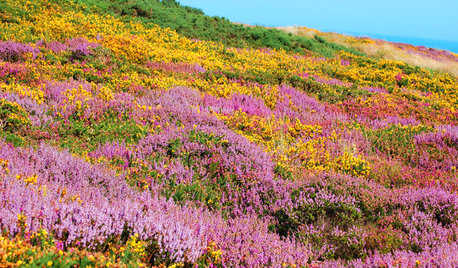
GARDENING FOR BUTTERFLIESGreat Design Plant: Scotch Heather
The moors aren't all moody, as this prettily colored evergreen shrub proves. Plant it en masse for an epic romance in your own garden
Full Story
GARDENING GUIDESGreat Design Plant: Asclepias Incarnata for a Butterfly Garden
Beautiful swamp milkweed makes it easy to help monarchs and other pollinators in eastern U.S. gardens
Full Story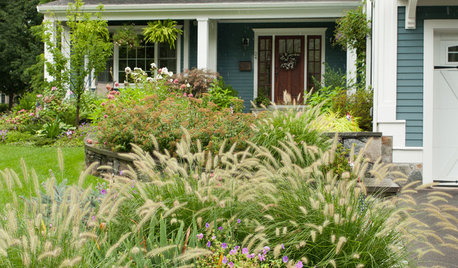
LANDSCAPE DESIGNGreat Design Plant: Lively Fountain Grass Thrives Just About Anywhere
Enjoy fountain grass for its exuberant form, long-lasting color and texture for borders and more
Full Story
EARTH DAYHow to Design a Garden for Native Bees
Create a garden that not only looks beautiful but also nurtures native bees — and helps other wildlife in the process
Full Story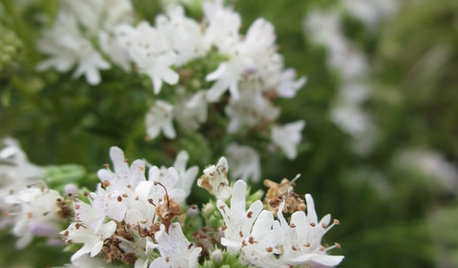
GARDENING FOR BUTTERFLIESGreat Design Plant: Virginia Mountain Mint
Watch a world of insects dine on this Midwest native, an easy bloomer that washes the garden (and your skin) in scents of cool mint
Full Story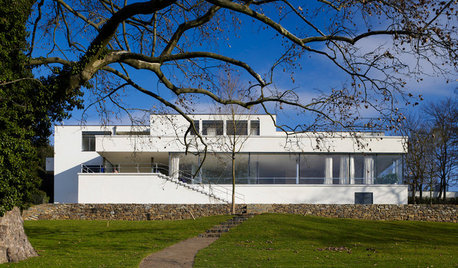
HISTORIC HOMESMust-Know Modern Homes: Mies van der Rohe's Villa Tugendhat
Visit a 1930 masterpiece of modern design in the Czech Republic, newly restored and open to the public
Full Story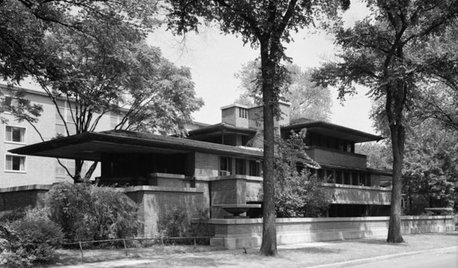
HISTORIC HOMESMust-Know Modern Homes: The Robie House
Frank Lloyd Wright's foremost expression of Prairie style is an architectural masterpiece, now restored and open to the public
Full Story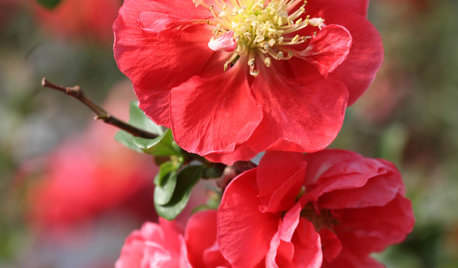
WINTER GARDENINGCalifornia Gardener's January Checklist
Winter-defying blooms and pruning saws earn a cheer, while California-focused gardening design books get a well-deserved shout-out
Full Story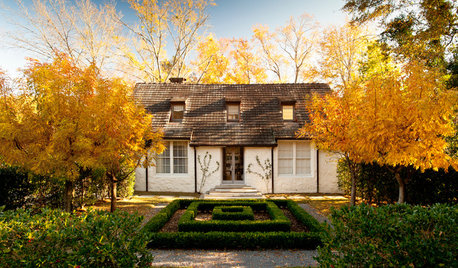
GARDENING GUIDES6 Plants for Colorful Fall Foliage in the Water-Wise Western Garden
Try these colorful, drought-tolerant additions to your garden for a fall season filled with color
Full Story





hybridsage
warddaOriginal Author
Related Professionals
Summit Landscape Architects & Landscape Designers · Edmond Landscape Contractors · Barrington Landscape Contractors · Bergenfield Landscape Contractors · Costa Mesa Landscape Contractors · Ellicott City Landscape Contractors · McLean Landscape Contractors · North Highlands Landscape Contractors · Oak Forest Landscape Contractors · West Orange Landscape Contractors · Irvington Landscape Contractors · Black Forest Siding & Exteriors · Liberty Siding & Exteriors · Wayne Siding & Exteriors · Lowell Siding & ExteriorsPKponder TX Z7B
warddaOriginal Author
PKponder TX Z7B
susanlynne48
warddaOriginal Author
susanlynne48
warddaOriginal Author